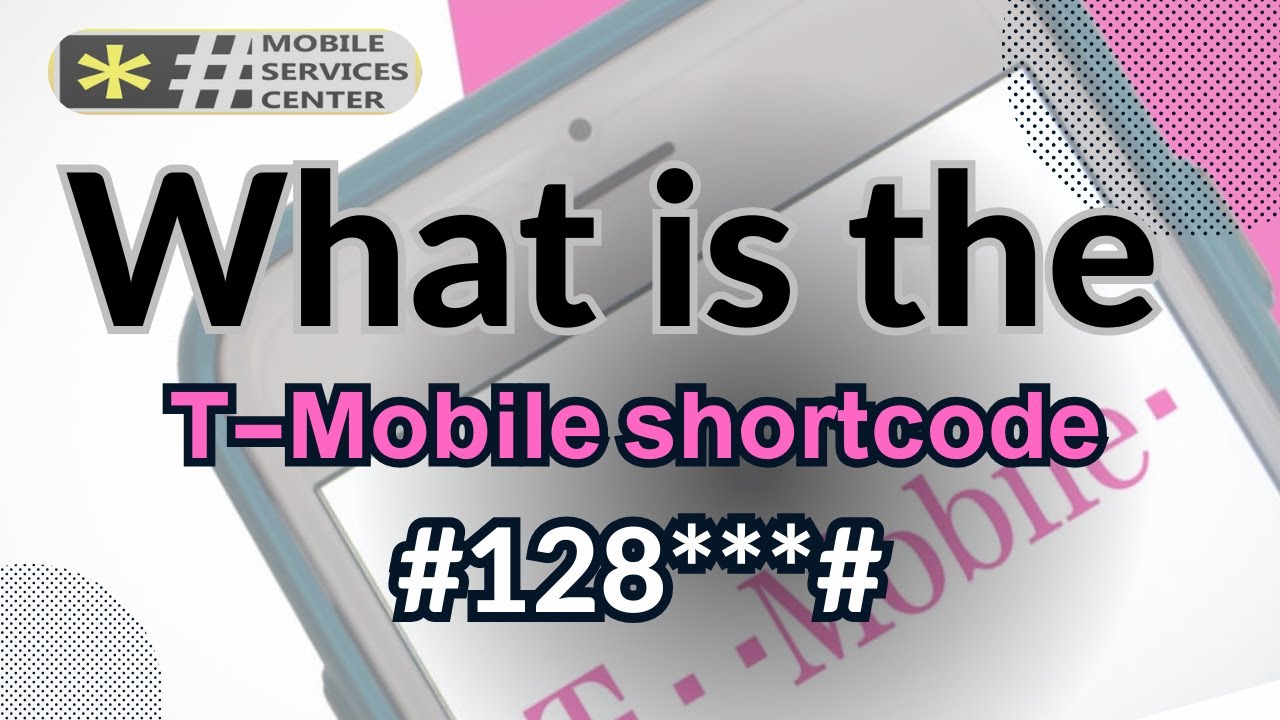The search term “128 T-Mobile text” refers to a sequence that often appears in T-Mobile customer’s detailed usage logs, often listed as an “incoming message” or “short code.”
The direct answer is that 128 is not a consumer-facing short code and not a number that a person can text. It is a legitimate internal network code used by T-Mobile’s infrastructure to register specific, behind-the-scenes activities on your phone line. Seeing it is typically a normal event and not a cause for concern.
This article decodes the exact meaning of the 128 T-Mobile code, explains the two most common reasons it appears, and provides peace of mind regarding its safety.

Main Body: What the 128 Code Represents on T-Mobile
The code 128 is an internal messaging identifier. It does not carry a physical text message that would appear in your messaging app; rather, it’s a notification from the network itself.
- Voicemail Notifications (Most Common Cause)
The most frequent reason the 128 code appears in billing or usage logs is to signify activity related to your voicemail service.
- Voicemail Received: When a new voicemail is left in your mailbox, the network sends a notification (a system text) to your phone to light up the voicemail icon or push the visual voicemail data. This network-to-device communication is often logged as an incoming text from 128.
- Voicemail Check: In some older systems or on certain MVNOs (Mobile Virtual Network Operators) running on T-Mobile’s towers, the action of checking your voicemail can also trigger a log entry from 128.
- Connected Device Messaging (Apple/MMS Traffic)
The 128 code is also widely reported by T-Mobile customers who use devices that share their phone number, such as Apple Watches or data-only SIMs in tablets and hotspots.
- iMessage/MMS Gateway: The code is sometimes used to log incoming Multimedia Messages (MMS) or system traffic, especially if the message originated from a paired device (like an Apple Watch or iPad) that sends texts through the primary phone line’s network entitlement.
In all these cases, the message is technical and required for your service to function correctly.
Safety and Troubleshooting: Is 128 a Scam?
- Safety Status: Not a Scam
The 128 T-Mobile text is not a scam. Since it is an internal system code, scammers cannot spoof it like a regular 10-digit phone number, nor is it a premium service you are being charged extra for. Any related charges would be for a third-party premium subscription that uses the 128 code as a delivery vehicle, but the code itself is merely the network’s log marker.
- Why Can’t I Find It in My Text App?
Because the message is processed at the network level (by T-Mobile’s servers) and is intended for your device’s operating system (OS), it bypasses your phone’s standard messaging app interface and appears only on the highly detailed online usage logs.
- How to Stop the Log Entries (If You Have to)
If you are concerned about seeing the 128 text entries, you can try disabling the service that triggers them.
- Disable Voicemail (Caution): The only way to entirely stop 128 entries is often to completely disable your voicemail service, which is generally not recommended as you will miss important calls.
- Unsubscribe from Premium Content: If you suspect the 128 code is tied to unwanted third-party premium SMS charges, call T-Mobile Customer Service (*611) and ask them to place a Premium SMS Content Block on your line. This prevents all third-party services from billing your account via short code.
Frequently Asked Questions (FAQ)
Is 128 a Short Code?
Yes, technically. It is a 3-digit internal short code used for system messaging, though it is not publicly registered or used for consumer marketing campaigns like a standard 5- or 6-digit commercial short code.
Does 128 mean I was charged for a text message?
No. Incoming text messages are generally free on all T-Mobile plans. The log entry only signifies a system event. If you see an actual charge associated with the time stamp of the “128 incoming text,” the charge is for a third-party service that used the 128 code as its billing gateway.
Is there a US area code 128?
No. The North American Numbering Plan does not assign area codes starting with 0 or 1. The lowest valid area code starts at 201.
Conclusion
The 128 T-Mobile text is a normal, non-alarming part of network diagnostics, most frequently representing a voicemail notification or connected device traffic. You should not attempt to text this number, and you can rest assured that seeing it in your usage history is simply the network recording its own activity.


